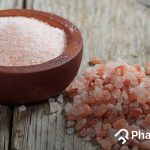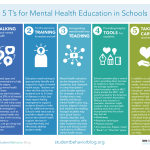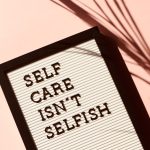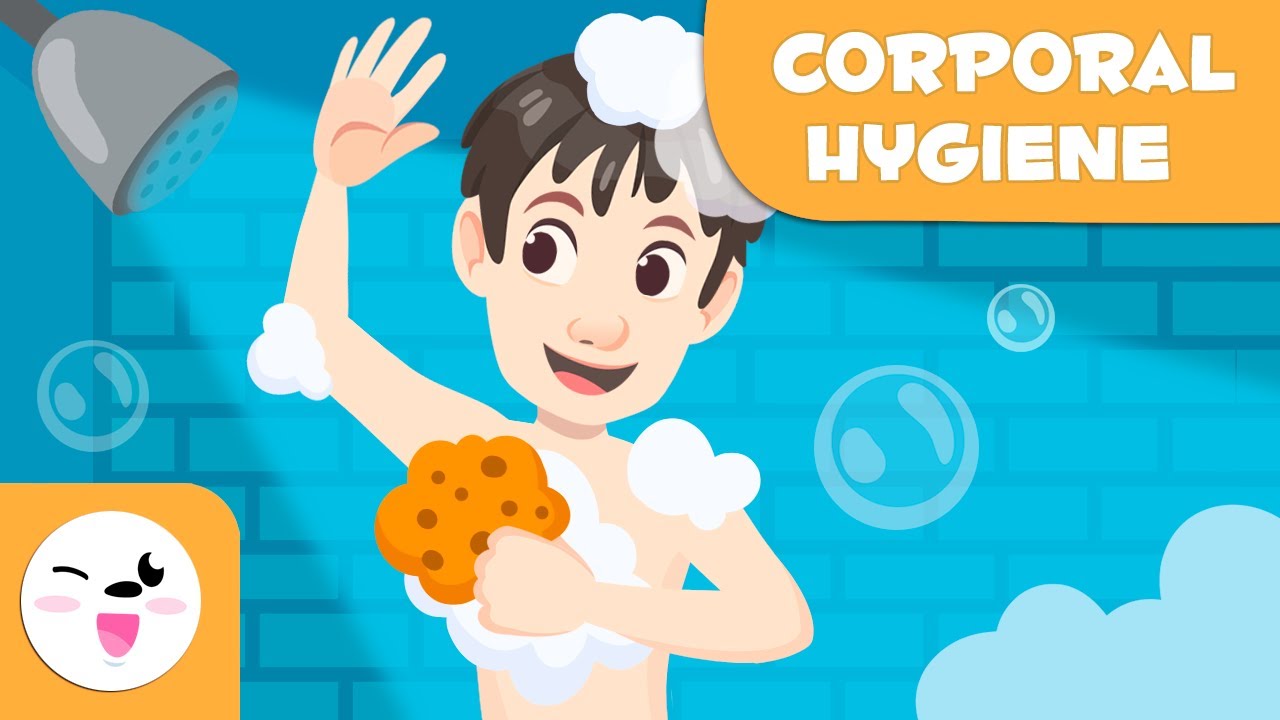Table of contents
Proper bathing and skin care for newborns
Newborn skin is soft and delicate. Proper skin care and bathing help maintain the health and texture of your baby’s skin, providing a comfortable experience for both baby and mother.
Contrary to popular belief, most babies don’t need daily baths. Changing diapers and wiping her mouth and nose after feeding, most babies only need to bathe her two to three times a week or every other day.
Bathing is possible at any time of the day. Bathing before feeding is often effective. Many parents prefer to bathe their baby in the evening as part of their sleep ritual.This is especially effective when bath time is relaxing and calming for the baby.
First you need a sponge bath. To prevent infection, avoid bathing in the bathtub until the baby’s umbilical cord has been removed and the boy’s circumcision has healed. What do I need to bathe a newborn?
Here are the materials you will need:
- Thick towel or sponge bath pillow
- soft washcloth
- basin or clean sink
- cotton ball (optional)
- Baby shampoo and baby soap (mild)
- Towel (hooded towel is optional)
- clean diapers and clothes
[ggiesshortcode]
How to sponge bath
Sponge bath tips include:
- Make sure the room is warm and draft-free (approximately 75°F).
- Collect all equipment and materials in advance.
- Add warm water (warm to the inside of your wrists or elbows) in a clean sink or basin.
- Place your baby on a bath pillow or thick towel on a comfortable surface. Cover your baby with a towel or blanket.
- Never let go of your baby even for a moment. If you forgot something, wrap your baby in a towel and take it with you.
- Start with your baby’s face. Wipe each eye with a clean, damp washcloth or cotton ball, starting at the bridge of the nose and working toward the outer corner of the eye. Wash the rest of your baby’s face with a soft, soap-free washcloth.
- Clean the outer folds of the ear with a soft washcloth. Do not insert a cotton swab into your baby’s ear canal as it may damage the eardrum.
- Add a small amount of baby soap to water or a washcloth and gently wash the rest of the baby from the neck down. He reveals only one area at a time. Rinse with a clean washcloth or small cup of water. Be careful not to get the umbilical cord wet.
- Once your baby’s body is clean, wrap her in a warm towel before washing her hair.
- Finally, wash the baby’s head with shampoo with a washcloth. Be careful not to get water on your baby’s face when rinsing. Place your arms behind your back and hold your baby tightly with your wrists and hands, supporting his neck. A high faucet can be used to rinse the hair. (If you use a spray attachment on your faucet, make sure the water in the spray attachment is warm.)
- No body rubbing is required, but most babies enjoy having their arms and legs gently stroked and massaged while bathing.
- Wrap your baby in a towel and hold a clean baby close to you.
- Follow the umbilical cord care instructions given by your baby’s doctor.
- Use a soft baby brush to comb your baby’s hair. Do not use a hot air dryer to dry your baby’s hair. Doing so may cause burns.
- Wait for the baby to cry for the first few baths. Usually it’s because the bath is a new experience.
How to bathe a newborn
the baby’s umbilical cord is out and the boy’s circumcision is healed, he can be bathed. This will be a fun experience for you and your baby. However, some babies may not want a bath, especially the first few times. If your baby resists, talk or sing softly and try a bath toy.
What do you need for your bath?
- Baby bath (preferably with floor drain plug)
- Non-slip mat or pad
- Bath thermometer (optional). These are often marked with a “safe” bath temperature range.
When bathing your baby in the bathtub:
- Remove fragile items and appliances from counters and tables to avoid injury.
- Fill the bath with lukewarm water. Make sure the water is lukewarm, not hot. Always test the water before putting your baby in the bathtub. Some parents are most comfortable using a baby bath thermometer to check the correct temperature of the water. Follow the same general bathing instructions as for sponge baths.
- Never let go of your baby or walk away, even for a second.
- Always clean the bathtub after use.
Newborn skin care
Baby’s soft and delicate skin needs special care. In general, it’s best to use products specifically made for babies, but your baby’s health care provider can advise on other products. Products intended for adults may be too harsh for babies and contain irritants and allergens. Many parents like to use lotions. But if your baby’s skin isn’t dry, you don’t need lotion. Powders should be avoided unless recommended by your baby’s healthcare provider. If using powder, pick up the powder and work it into your baby’s skin. Shaking the powder into the air releases dust and talc that can damage your baby’s lungs.
Many babies have normal rashes and bumps. Some rashes can be signs of a problem or infection. Diaper rash can irritate your baby and should be treated. Call your baby’s doctor if you are concerned about a rash or if your baby is sick or has a fever. Detergents can irritate your baby’s sensitive skin. If your baby is sensitive to detergents, you can use a detergent made specifically for babies with sensitive skin and additionally rinse the laundry with clean water to remove any detergent residue.








